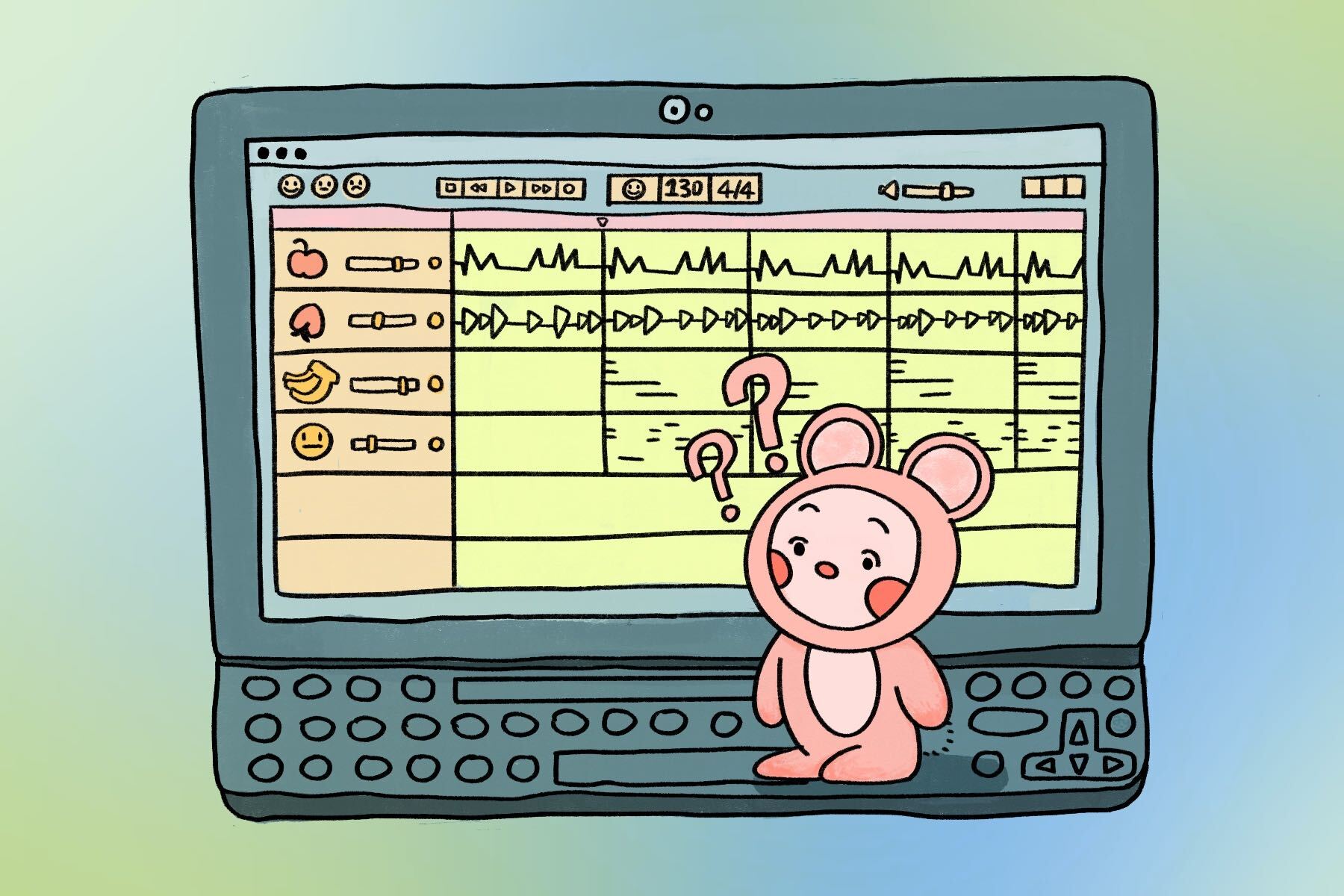To be a musician is the childhood dream of many across the globe. Having fame, fortune and the freedom to be creative sounds like the perfect life. But as people grow, they come to realize music production is not as simple as picking up a guitar, grabbing a mic and going for it.
Some musicians will start their journey by learning physical instruments or taking voice lessons, but in this digital age, many are turning to virtual music production to make a name for themselves. It may seem like the easy way to go, but as new artists start to explore their digital options, they realize that music production software can be intimidating, confusing and, in all honesty, a rip-off.
Here is a list of four free music production programs to make things easier for you as you start your journey of being rich and famous.
In order to not to limit your choices, all of the listed options are compatible with both macOS and Windows (and in some cases, other operating systems as well). With this in mind, common industry standards like Apple GarageBand and DarkWave Studio are not included. While they are great programs in their own right, they are exclusive to macOS and Windows respectively.
1. Waveform Free — macOS, Windows, Linux
Waveform Free started out as Tracktion T7, a premium music production program. As Tracktion would come out with updates, instead of dropping earlier versions of the software altogether, they made them free to the public.
Waveform, like most music production software, is a digital audio workstation, or a DAW. A DAW is software or hardware that is used to record, mix, compose, produce or edit audio.
The majority of the music production software discussed in this article are DAWs. This technology allows producers to use a time-based grid to mix multiple soundtracks at once.
Waveform is known as one of the more comprehensive free music production programs on the web. Hollin Jones of Ask Audio enthusiastically endorses the platform, writing, “Waveform Free opens up more creative avenues than any other free DAW I can think of in terms of what it lets you do.”
This music production software works best for artists who are ready to experiment with a wider range of technology.
2. Audacity — macOS, Windows, GNU, Linux, Other
Often likened to macOS’s GarageBand, Audacity is a free, open-source, cross-platform audio software, developed with the intention of providing musicians with the freedom to create.
Audio-editing software allows creators to edit existing audio files, as opposed to creating new ones and going from there. When using this program, new artists can record live audio and computer playback, convert tapes and records into digital recordings or CDs, as well as cut, copy, splice or mix sounds together.
Being open-source means that Audacity’s source code is available for anyone to use, study or alter as they see fit.
“Art of the Song,” a music radio show broadcasted on more than 100 public radio stations, describes Audacity as having “a straightforward interface … [that] provides a very smooth learning curve.” When looking for music production software, novice music editors might benefit the most from using Audacity.
3. Linux MultiMedia Studio (LMMS) — macOS, Windows, Linux
Linux MultiMedia Studio, or LMMS, is also free and open-source. This music production program was created by software developers Paul Giblock and Tobias Junghans for public use. Artists can use LMMS to create their own music from scratch, arrange it, synthesize existing sound samples and record using electronic instruments.
It also supports a variety of plug-ins, allowing users to experiment with many different audio effects and work on different music software systems. Additionally, LMMS offers a considerable number of built-in tools, like a limiter, compressor, reverb, distortion, delay and bass enhancer.
LMMS has an intuitive interface, operating as the average user would expect it to, although its format can be intimidating for the first-time artist. Artists might consider looking into LMMS when they outgrow simpler programs, like GarageBand or DarkWave Studio.
4. VirtualDJ – macOS, Windows
Finally, we have VirtualDJ, which was developed by Atomix Productions, a French startup that changed the then-obscure market for digital DJing. This music production software is free, but it has several monthly subscription options that allow users to pay for access to new features as they’re released. VirtualDJ is unique in that it replaces the traditional use of turntables and CD players with virtual mixing.
Atomix Productions does a good job of marketing their music production software to first-time DJs. VirtualDJ can be used with or without DJ hardware connected, and it boasts many unique features that other free programs don’t have.
Among these are effects such as echo, flanger, loop-roll and slicer. This software goes a lot further than programs like GarageBand in giving its users the creative freedom to dream up whatever music they are capable of creating.
VirtualDJ is another program with an intuitive user interface. Their website describes the software as “powerful, yet intuitive and easy to learn.” However, it is a more advanced music production software that new artists can use as a stepping stone to more complex programs down the line.
Whether you’re a day-one beginner or approaching the realm of the expert, among these four free music production programs, you can find the software that will set you on the path to fulfilling your music creation goals.















